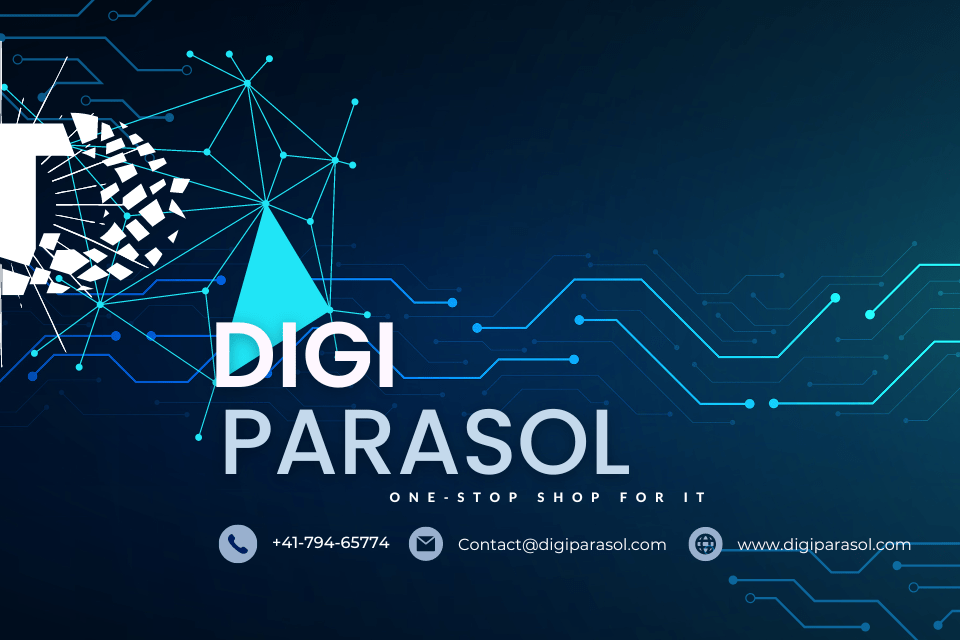**The Role of AI in Disaster Recovery and Reconstruction Efforts**
In recent years, the impact of natural disasters has become increasingly severe, causing widespread destruction and displacement. As such, the need for effective disaster recovery and reconstruction efforts has never been more crucial. One technology that has shown great promise in aiding these efforts is artificial intelligence (AI). AI can help streamline and enhance various aspects of disaster recovery and reconstruction, ultimately leading to quicker and more efficient recovery processes. In this article, we will explore the role of AI in disaster recovery and reconstruction efforts.
1. **Early Warning Systems**
One of the key roles that AI can play in disaster recovery is in the development of early warning systems. By analyzing vast amounts of data from various sources such as weather patterns, seismic activity, and social media, AI algorithms can predict when and where disasters are likely to occur. This allows for a more timely and targeted response, potentially saving lives and reducing the impact of the disaster.
2. **Search and Rescue Operations**
During a disaster, search and rescue operations are often critical in saving lives and providing aid to those in need. AI-powered drones and robots can be deployed to survey affected areas, locate survivors, and deliver supplies. These technologies can navigate dangerous and hard-to-reach areas more effectively than humans, allowing for a more efficient response to disasters.
3. **Damage Assessment**
After a disaster has struck, assessing the extent of damage to infrastructure and buildings is essential for prioritizing reconstruction efforts. AI can analyze satellite imagery, aerial footage, and ground-level photos to quickly and accurately assess the damage. This information can help authorities determine where resources should be allocated and plan for reconstruction projects.
4. **Predictive Analytics**
AI can also be used to predict the likely impact of future disasters on specific areas. By analyzing historical data and current environmental conditions, AI algorithms can forecast potential risks and vulnerabilities. This allows for better planning and preparation, as well as the implementation of preventative measures to mitigate the impact of future disasters.
5. **Infrastructure Monitoring**
Monitoring the condition of critical infrastructure such as bridges, dams, and roads is important for ensuring the safety and functionality of these structures during and after a disaster. AI-powered sensors and drones can be deployed to continuously monitor the health of infrastructure and detect any signs of deterioration or damage. This proactive approach can help prevent infrastructure failures and minimize the impact of disasters.
6. **Resource Allocation**
During the recovery and reconstruction phase, allocating resources efficiently is crucial for maximizing the impact of aid efforts. AI can analyze data on population density, access to services, and infrastructure damage to optimize the distribution of resources such as food, water, and medical supplies. This ensures that resources are distributed equitably and effectively to those in need.
7. **Community Engagement**
Engaging with affected communities is essential for successful disaster recovery and reconstruction efforts. AI-powered chatbots and predictive analytics can help authorities communicate with residents, gather feedback on their needs, and provide real-time updates on recovery efforts. This fosters transparency, trust, and collaboration between communities and authorities, leading to more effective recovery processes.
8. **Challenges and Considerations**
While AI has the potential to revolutionize disaster recovery and reconstruction efforts, there are several challenges and considerations that must be addressed. One of the main concerns is the ethical use of AI in decision-making processes, especially when it comes to prioritizing resources and interventions. Additionally, there may be technical limitations and data biases that need to be addressed to ensure the accuracy and reliability of AI algorithms in disaster scenarios.
9. **Conclusion**
In conclusion, the role of AI in disaster recovery and reconstruction efforts is significant. From early warning systems to infrastructure monitoring, AI technologies have the potential to enhance the effectiveness and efficiency of disaster response and recovery processes. By leveraging the power of AI, authorities and organizations can better prepare for and respond to disasters, ultimately minimizing the impact on communities and accelerating the recovery process.
As AI continues to evolve and improve, its role in disaster recovery and reconstruction efforts will only become more crucial. By embracing AI technologies and leveraging their capabilities, we can build more resilient and sustainable communities that are better equipped to withstand and recover from disasters.


